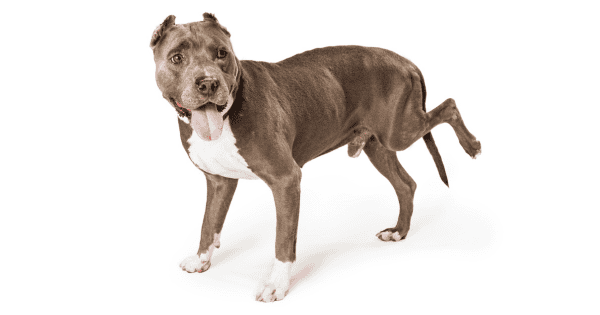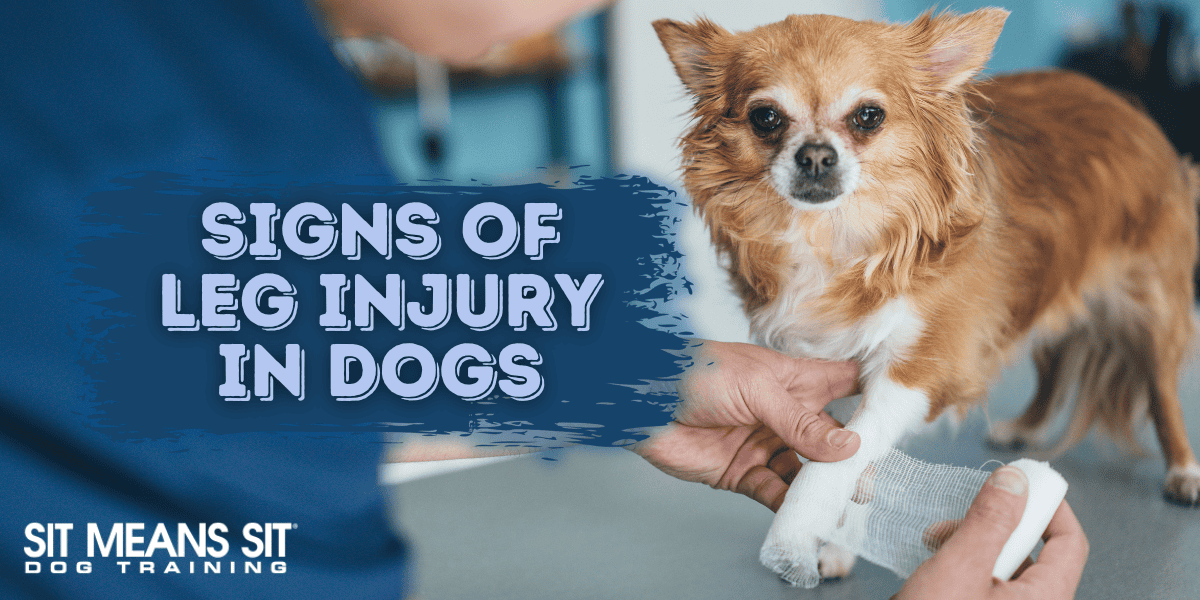When your pup starts limping or showing signs of a leg injury, it can be a bit scary and stressful when trying to find the root of the issue. Knowing what to look for can help keep your dog feeling their best, from minor scrapes to something more serious. Let’s dive into the world of doggie leg injuries, where a little knowledge can go a long way in ensuring your four-legged pal stays on all four paws!
Causes of Leg Injury
Your pup could face plenty of issues that may cause pain or injury. Some are easy to spot, while others are much harder to diagnose and require an expert. Medications like Benadryl can help your dog ease the pain of an injury, but try not to rely too heavily on pain relief medications.
Wounds, paw burns, insect stings, bites, rashes, a torn nail, and a logged paw are all external causes that can be easily treated, depending on their severity. Quickly adequately address these issues and watch to make sure they heal correctly.
More serious causes of a leg injury could cause long-term damage to your furball, so it’s best to seek care immediately if you suspect something is wrong with your furry friend. Bone fractures, tendon or ligament injuries, muscle strains, joint dislocation, infection, disease, and even cancer are all severe internal factors that could play into your pup’s injury. Contact your veterinarian if you suspect your dog may be suffering from an issue with more severe repercussions.
Common Symptoms of Leg Injury
Please note that while these symptoms could be caused by a leg injury, pain or trouble could be caused by a different medical issue. If you believe your pup may be suffering from a leg injury, contact your veterinarian with questions or concerns.
- Trembling
- Behavior changes
- Fracture
- Vocalizations
- Bleeding
- Dislocation
- Swelling
- Limping
- Disorientation
- Vomiting
- Trouble breathing
- Limb dragging

Types of Limping in Dogs
Your dog could be limping in different ways, signaling different issues or the severity of its condition. If you notice any of these behaviors, your pooch may be injured.
Acute Limping: This occurs when Fido first begins limping. If possible, it is important to find the cause of this limp. An acute limp is only classified this way when it lasts for a very short period of time. It should quickly pass; if not, it’s important to contact your veterinarian for further investigation.
Mild Limping: If your pup uses its injured leg without bearing much weight on it, it may struggle with mild limping. This limp could clear up quickly but may also become more severe.
Chronic Limping: Any limp lasting longer than two or more weeks is considered a chronic limp. Contact your veterinarian to receive an accurate diagnosis of why your canine is experiencing leg issues.
Severe Limping: Severe limping occurs when your dog refuses to put any weight on their leg. They may hold their leg up while walking or refuse to walk at all. Contact your veterinarian immediately if you notice this behavior in your pet.
Whether your dog has a quirky limp or is giving you sad puppy eyes, staying in tune with their behavior is key to keeping them in tip-top shape. Just remember, a quick call to the vet can make all the difference. And while it’s tempting to reach for the pain meds, sometimes all they need is a little TLC (and maybe a treat or two) to bounce back to their playful selves.

